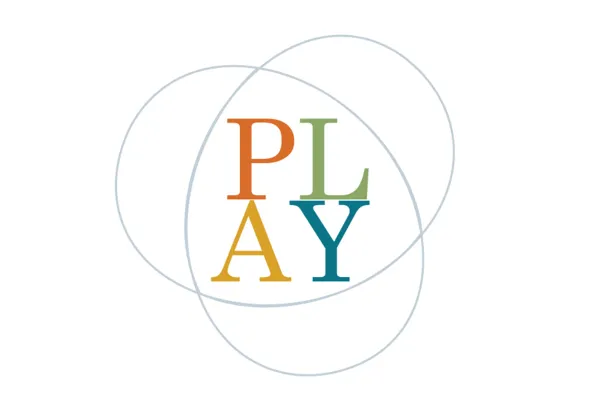Play
Published February 1, 2016
Project Description
Spend five minutes watching a small child on the playground. She finds a set of stairs she has not navigated before. Tentatively and painstakingly, she figures out a combination of moves and holds that enable her to get to the top. What does she do then? She makes her way back down and does it again, more confidently, more quickly, more effectively.
Play is an essential part of being human, critical to cognitive growth, social development and emotional health. It is a process by which we gain mastery over elements of our environment and a key factor in our relations with one another. According to evolutionary anthropologists and biologists, the activity of play seems to be built into our very DNA: Young primates and other mammals "practice" behaviors they need in the world by engaging in play, learning to distinguish between the threatening and nonthreatening, between friendly and lethal forms of interaction. For a group of children, the construction of the rules governing a game is often more compelling than the game itself. Some cognitive scientists and linguists posit that the marking off of a play space through signs and gestures is related to the development of language. Sociologists and educational philosophers see this crucial childhood activity as a way of practicing fundamental rules of social interaction and developing the skills for democratic participation.
One interesting aspect of play is the way that difficulty or challenge is often inherent in playful activities. For example, it might be argued that much of what we do at Smith, from scientific experiments to theoretical writing and artistic creation, is simply (or not so simply) an elaborated and codified form of intellectual play. In such cases, the utility and value of difficulty bears a complicated relationship to notions of truth and meaning. Another related idea is the relationship of play (and its inherent challenge) to pleasure. Difficulty might be seen as the perfect example of the anhedonic, but is it possible to achieve the cognitive and affective rewards of mastery without sufficient challenges to overcome?
Indeed, the Kahn Institute itself might be seen as one of the important locations of play on campus. Here, we gather with no requirement to produce, but instead, with an imperative to play. A final question with which the group might grapple is the extent to which the play of academic inquiry is threatened by the demands for product and practicality imposed by the current political and economic culture. How can we best articulate the values of play? How can we best defend it from the requirements of work? Or how might we better understand the interaction of play and work, and the role play plays in productivity?
This one-semester project aims to approach play from a variety of disciplinary perspectives in order to enrich our understanding, not only of what play is, but also of what we might gain by seeing as play some practices currently defined in other ways.
Project Fellows
- Bree Currier '16, Government
- Kiki Gounaridou, Theatre
- Lucy Gouvin '16, Art
- Emily Gross '16, American Studies
- Susannah Howe, Engineering
- Ellen Kaplan, Theatre
- Andrew Maurer, Art
- Rajan Mehta, Mathematics & Statistics
- Katie Mikulka '16, American Studies
- Richard Millington, English Language and Literature
- Olivia O'Connor '16, Philosophy and Government
- Bill Oram, English Language and Literature
- Samuel Ruhmkorff, Philosophy
- Atsuko Takahashi, East Asian Languages and Literatures
- Liz Tan '16, History and Biological Sciences
- Michael Thurston, English Language & Literature, Organizing Fellow
- Julianna Tymoczko, Mathematics & Statistics
- Margaret Weller '16, American Studies
- Greg White, Government
- Michele Wick, Psychology
- Michael Thurston, English Language & Literature
